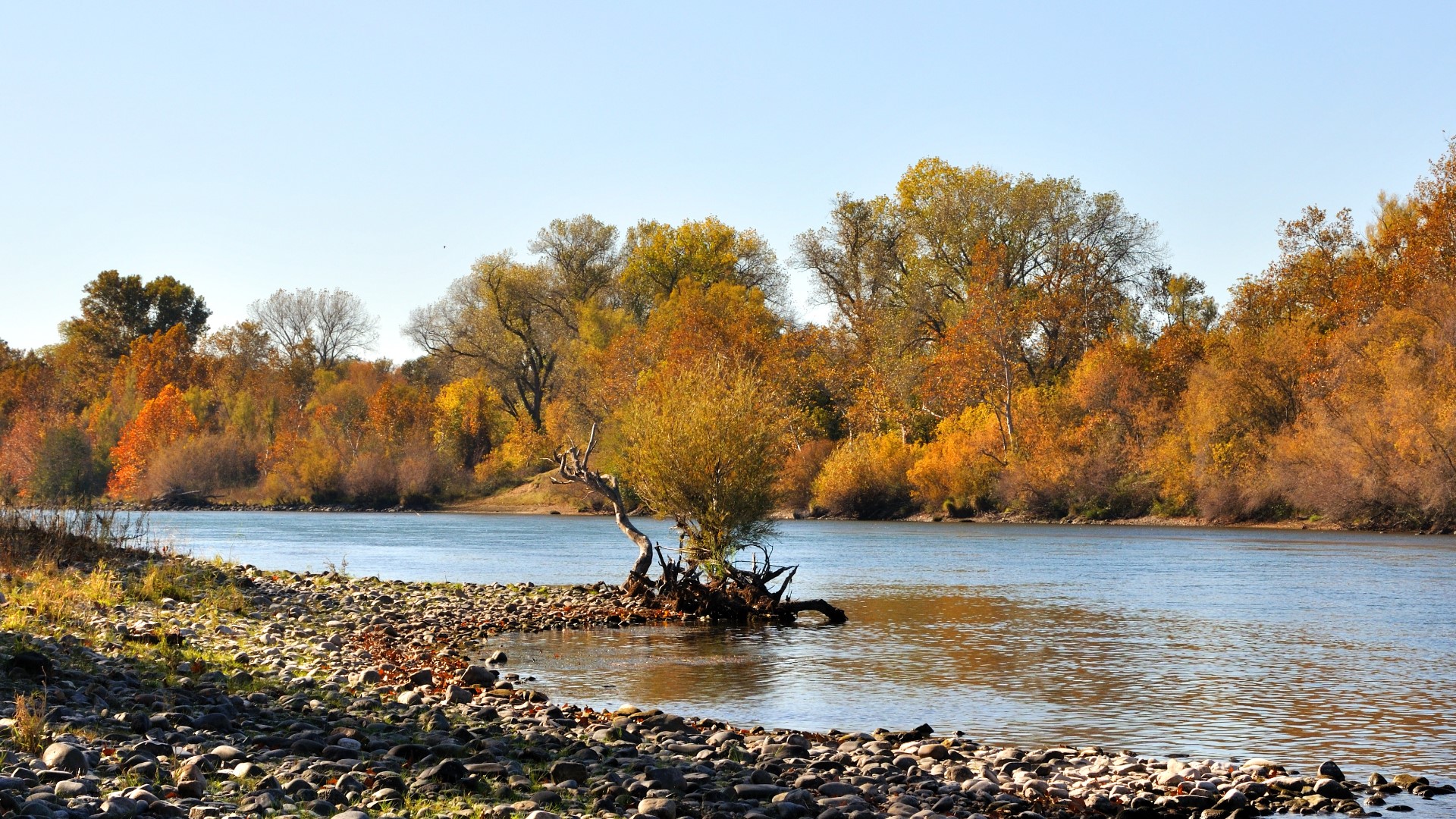SACRAMENTO, Calif. — The Flood Operations Center at the California Department of Water Resources (DWR) is the heart of flood response for the state.
With another round of stormy weather ahead Northern California, officials said there is not a plan to activate the center just yet, but they do have flood operations staff closely watching river levels and forecasts to keep people safe.
When it is activated, experts with DWR pack the operations center.
"Emergencies begin and end at the local level, and so when a local agency runs out of resources, they move up to the county. And (when) the county runs out of resources, they come up to the state level. So the flood operation center coordinates and supports that response," Liz Bryson, with the Flood Operations Center, previously told ABC10.
A big part of what the center does to keep people safe during high water is facilitate discussions between reservoir operators. The center makes sure all the appropriate agencies are talking together and not making decisions alone.
While DWR has staff keeping an eye on water levels, there's no plans to activate the center for now. Although there are risks of flooding, DWR said all this rain and snow is just what this state needs, especially when it comes to the snowpack.
"It's still really early to tell. Our wettest months of the year are December, January and February, so out of those three months-- December has done its job," said Sean de Guzman, manager for the Snow Survey and Water Supply Forecasting Unit with DWR.
The series of storms comes while California is in its fourth straight year of drought, but the current forecast has de Guzman cautiously optimistic for now.
"Hopefully, the winter stays wet. That's what everyone's hoping for, but by the time we get to April 1, when we have our peak snowpack, and... we kind of turn the door towards the spring, we'll see how conditions are at that point. But at this point, it's really early here and we have a lot more to go," he said.
The Flood Operations Center was most recently activated in 2019 for four days. In 2017, the center was active for 151 days. That was the year of the Oroville Dam crisis where nearly 200,000 people living downstream from the dam were told to leave their homes.
WATCH ALSO:



















